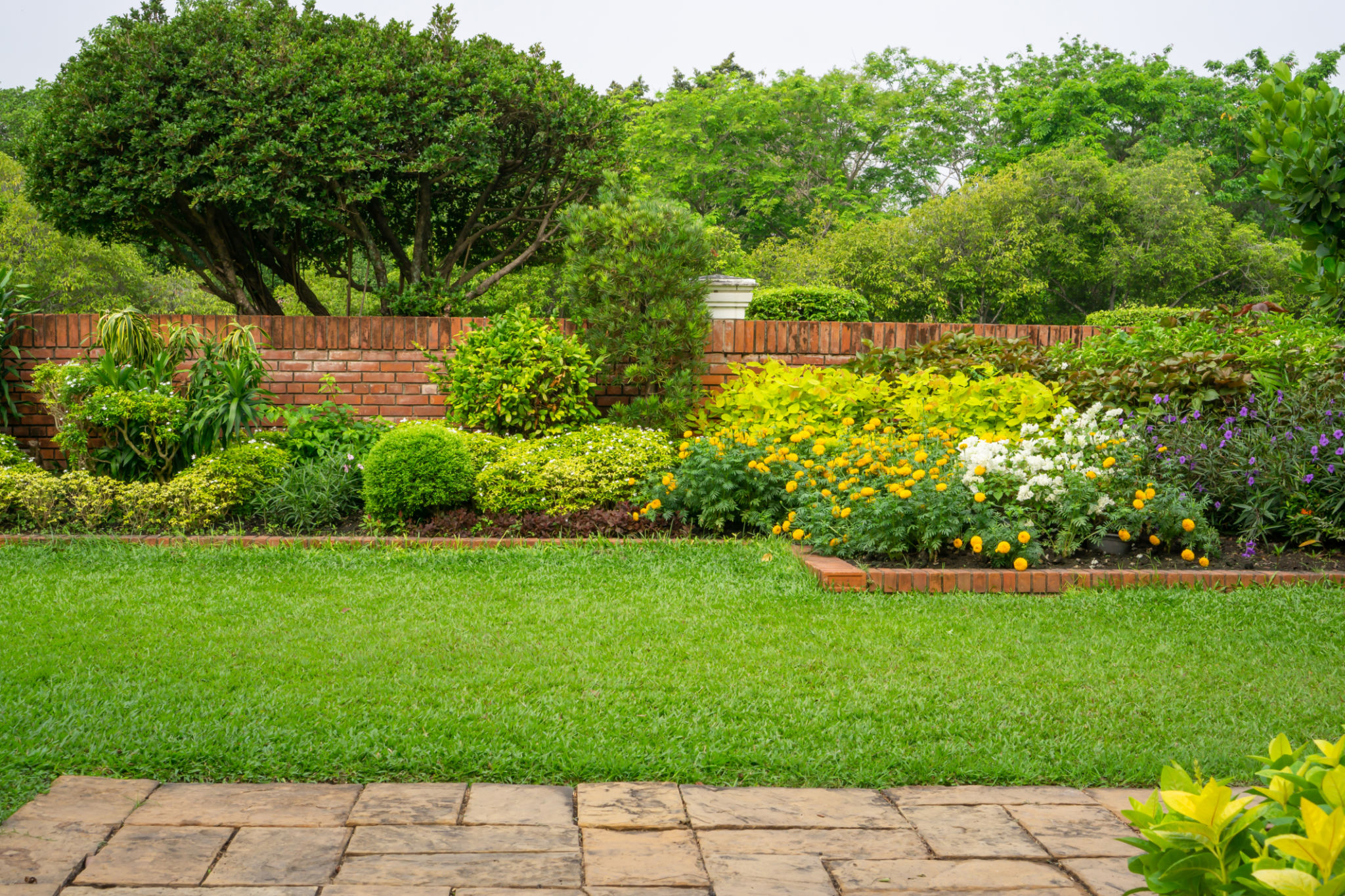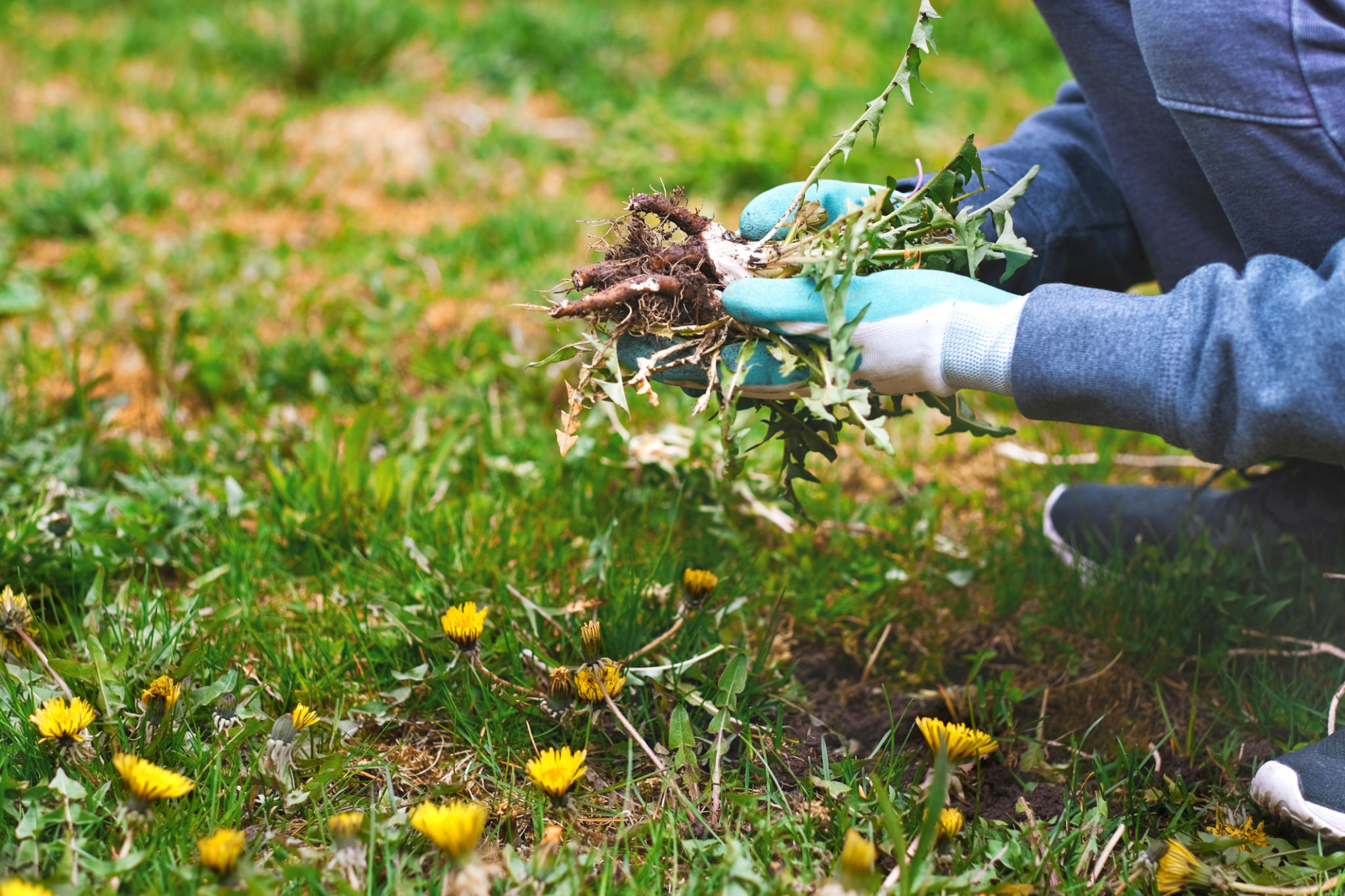The Ultimate Guide to Garden Design and Installation in Massachusetts
Understanding Your Space
Designing a garden in Massachusetts requires a keen understanding of the local climate and soil conditions. The state's weather varies significantly between regions, so it’s essential to assess your specific area before starting. Consider the size and shape of your garden space, as well as any existing structures or natural features that could influence your design. This initial evaluation will help you make informed decisions that enhance both the aesthetics and functionality of your garden.

Choosing the Right Plants
The Bay State's climate offers diverse options for plant selection, but it's crucial to choose plants that thrive in your specific region. Massachusetts falls into USDA hardiness zones 5 through 7, which means you should select plants that can withstand cold winters and humid summers. Native plants are an excellent option as they are well-adapted to local conditions and require less maintenance.
Some popular choices include New England Asters, Bee Balm, and Daylilies. These plants not only add vibrant colors to your garden but also support local wildlife by attracting pollinators like bees and butterflies.
Design Elements to Consider
Creating a cohesive design is crucial for an aesthetically pleasing garden. Start by establishing a focal point, such as a water feature, a sculpture, or a unique plant arrangement. Determine the pathways and borders that will guide visitors through the garden and provide structure. Consider using materials like stone, brick, or gravel to complement the natural surroundings.

Integrating Hardscaping Features
Hardscaping elements like patios, decks, and retaining walls can add both functionality and beauty to your garden. In Massachusetts, using locally sourced materials such as granite or bluestone can enhance the authentic New England charm. Hardscaping also helps manage water drainage and creates defined spaces for different garden activities.
When planning your hardscape, think about how it will interact with the surrounding greenery. Balance is key; too much hardscaping can make a garden feel sterile, while too little may lack structure.
Installation Tips
Once your design is finalized, the installation process begins. Start with any hardscaping projects, as these form the backbone of your garden. After that, work on soil preparation by testing and amending it as needed. Proper soil health is crucial for plant growth, so consider adding compost or organic fertilizers to enrich it.

Planting Techniques
When planting, pay attention to spacing and depth requirements for each species to ensure healthy growth. Group plants with similar water and sunlight needs together to simplify maintenance. Mulching around plants can help retain moisture, suppress weeds, and add nutrients back into the soil as it breaks down.
Consider setting up an irrigation system if your garden is large or if you want to minimize manual watering. Drip irrigation systems are particularly effective as they deliver water directly to the root zone, reducing waste and promoting efficient water use.
Maintenance and Seasonal Care
A well-designed garden requires ongoing maintenance to keep it looking its best throughout the year. Regular tasks include weeding, pruning, and monitoring for pests or diseases. Seasonal tasks such as fall cleanup and spring planting prepare your garden for the changing weather conditions in Massachusetts.

By following these guidelines, you can create a stunning garden that not only enhances your property's value but also provides a peaceful retreat in the heart of Massachusetts' natural beauty.